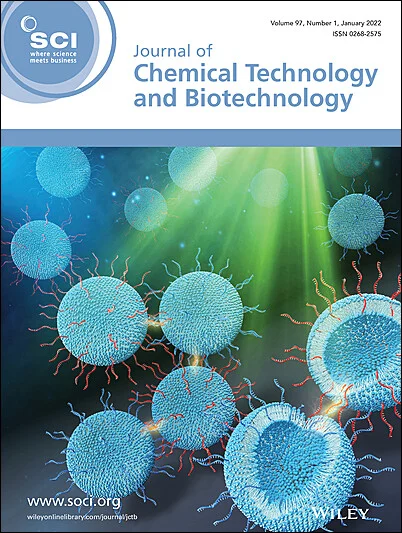Influence of ultrasound, microwave and high-pressure homogenization on the structural and functional properties of Vigna radiata L. proteins
Abstract
BACKGROUND
Utilization of sustainable plant proteins is limited by low yield of the existing extraction and processing methods. The study aims to present a comparative assessment of three extraction techniques – ultrasound, microwave and high-pressure homogenization – against conventional alkaline extraction as control on the structural and functional properties of Vigna radiata L. (mung bean) proteins.
RESULTS
Homogenization resulted in the highest extraction yield (20.1%). Infrared and circular dichroism spectroscopic analyses revealed changes in the secondary structure of proteins due to extraction treatments compared to alkaline extraction. All concentrates showed X-ray diffraction amorphous halos typically seen in legume proteins. Compared to the control, microstructural analysis revealed the porous structure of homogenization-derived proteins, roughness of microwave-derived proteins, and dense and aggregated morphology of ultrasound-derived proteins. The electrophoresis profiles and size-exclusion chromatograms were similar for all concentrates. Microwave treatment resulted in the highest water absorption (5.20 g g−1), oil binding (3.32 g g−1), foam stability (100%) and surface hydrophobicity (1250). Homogenization treatment resulted in the lowest particle size (142 nm), as confirmed by dynamic light scattering.
CONCLUSION
The extraction techniques significantly influenced the extraction yield, structural attributes and functional performance of the protein concentrates. The extraction technique can be chosen based on the desired quality attributes for developing various plant-based foods in the food industry. © 2025 Society of Chemical Industry (SCI).


 求助内容:
求助内容: 应助结果提醒方式:
应助结果提醒方式:


